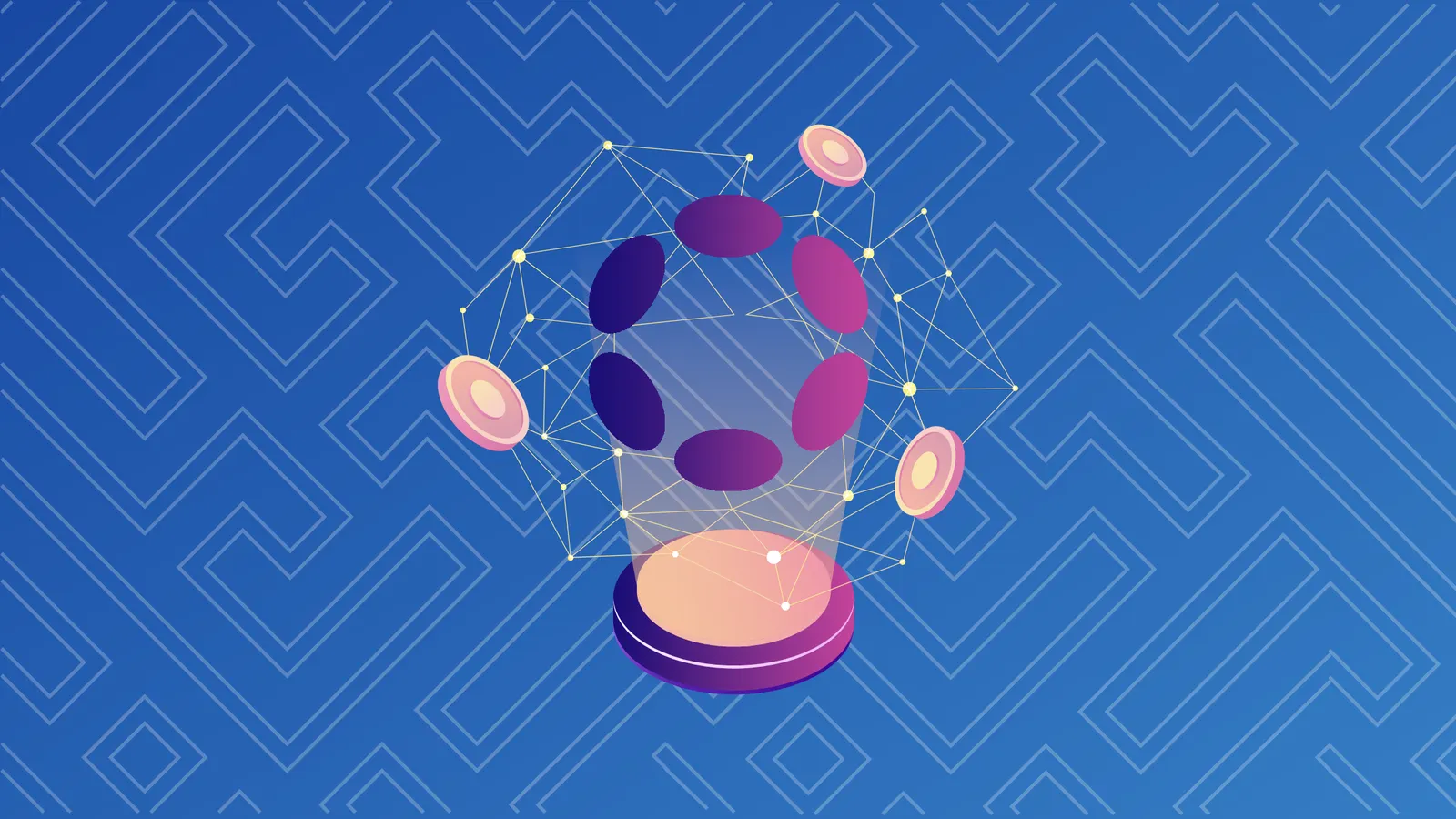Polkadot 2.0 is a catch-all term for a new vision for the future of the Polkadot network.
Polkadot founder Gavin Wood hopes that Polkadot 2.0 will represent an “agile, ubiquitous, compute resource” once introduced.
What is Polkadot 2.0?
Although it sounds like a technical upgrade, Polkadot 2.0 doesn’t refer to one specific event. Instead, it’s a collection of changes that will radically alter what the blockchain is capable of.
At a top level, Wood has used the metaphor of a pancake business to explain the transition to Polkadot 2.0. Imagine a company that exclusively sells pancakes; the company produces its own sugar, water, milk and eggs, but chooses to only sell pancakes. These pancakes are ‘parachains,’ and the pancake company is Polkadot 1.0.
Polkadot's projects are all built on separate, distinct blockchains known as parachains.
Unlike blockchains such as Ethereum, where developers can build on a centralized chain, these parallel blockchains can scale and work together effectively and safely, leveraging the Polkadot network’s guarantees of security, isolation, and communication.
In Polkadot 2.0, the company decides to start selling pancake mix, and maybe even its supply of sugar, water and eggs, separately. These separate culinary ingredients are what is known as “coretime,” units of computing power that users can rent in small portions.
Customers can make their own products with these ingredients, other than just pancakes, such as bread or cakes.
On Polkadot 2.0 developers won’t need to go through the time-consuming bidding process for a parachain.
The current auction process means prospective developers may need to invest a lot before their project ever sees the light of day. They need to get believers to stake their crypto and support their project to win one of a limited number of parachains, which means diverting attention and resources to non-technical areas like marketing and branding.
Gavin Wood believes that providing an alternative to the auction approach will allow the ecosystem to become “more agile” and reduce barriers to entry for new projects.
In a fully realized Polkadot 2.0, people will be able to tinker with Polkadot, accessing the power of the global supercomputer, without as much investment. Polkadot 2.0 broadly represents a move from a chain-focused approach to an application-focused approach.
Where does JAM fit into all this?
The JAM upgrade was announced in April 2024. Once final, it will make many of the promises of Polkadot 2.0 a reality. It will be by far the biggest update in the history of Polkadot since the blockchain was first fully introduced in 2021. JAM will replace the Relay Chain, which the entire Polkadot ecosystem is based around.
Unlike Polkadot 2.0, JAM isn’t a general vision—it’s a concrete technical update. JAM and Polkadot 2.0 are closely related, but clearly distinct.
A cornerstone of JAM is the introduction of something called Agile Coretime. This will replace the current auction system with a more economically flexible model that allows Polkadot users to purchase Coretime, the computational resources provided by JAM, in bulk by the month.
Coretime, once purchased, can then be divided up and sold into separate smaller parts and resold on secondary markets, which is intended to improve the efficiency of the overall market for computing power. All these Coretime transactions will use DOT, the native token of the Polkadot ecosystem.
What will Polkadot 2.0 enable?
The increased scalability provided by the added flexibility Coretime will bring may have practical use cases across a wide variety of industries, as projects will be able to buy their processing power piecemeal.
For example, a Polkadot-based Web3 game could use Coretime to purchase more processing power when demand is high, buying extra computing power in the period between Christmas and New Year for example, but avoiding excessive spending during the week. Or an NFT project could scale its computing power just after a busy launch day.
Alternatively, a healthcare provider could control costs by rapidly purchasing more computing power in the event of a large-scale medical emergency, while keeping operational spending down during normal periods of demand.
With the auction system becoming largely replaced by Coretime, businesses will be able to build on Polkadot without having to deal with tokens. This could mean that Web2 companies, with little experience in the Web3 space, can avoid many of the legal complexities governing crypto, or issuing securities, that exist in many jurisdictions.
How does Polkadot 2.0 impact parachains?
The introduction of Polkadot 2.0 won’t do away with Polkadot’s distinct web of parachains—but developers will have a viable, accessible alternative to build on Polkadot with.
In a sense, Polkadot 2.0 brings together the parachain-focused functionality of the original version of Polkadot and the smart contract-focused approach of the current version of Ethereum.
First wrote Ethereum, then Polkadot, and now what the heck is this JAM thing.
Why it uniquely stands out as a breakthrough that’s additive to the greater blockchain ecosystem. pic.twitter.com/FaZnwI4TI0
— goku (@0xgoku_) June 3, 2024
Gavin Wood has described JAM as a “less opinionated version” of Polkadot, as it doesn't try to push users towards one approach or the other—and you can apply this phrase to Polkadot 2.0
What other technical updates will Polkadot 2.0 bring?
Polkadot 2.0 will also introduce a feature called “accords”, which are meant to improve interoperability and messaging between parachains.
Accords are treaties which different protocols can voluntarily agree to join. The aim is to ensure that logic surrounding interoperability is kept consistent and cannot be tampered with by any of the protocols once they have joined.
Parachains who have signed up to an accord can reliably trust that the XCM messages used by parachains to communicate can be interpreted and executed properly, in a “trustless” environment.
When will Polkadot 2.0 arrive?
As Polkadot 2.0 isn’t a specific update, but a wider vision for the blockchain, there’s no one specific date for when we’ll see Polkadot 2.0 in action.
However, JAM, which will provide the technical basis for the promise of Polkadot 2.0 to come to fruition, is expected to arrive at least 18 to 58 months from the time of writing. But as JAM is not what is known as an iterative update, it will all be finalized at once.
That being said, it might take some time for the community to build products and services which can take advantage of the capabilities provided by the JAM upgrade, making Polkadot 2.0 a reality.
The Web3 Foundation is currently giving away a generous set of bonuses to incentivize developers who work on implementing the JAM protocol.
The JAM Implementer’s Prize is offering up to 10 Million DOT—roughly $60 million at current prices—to developers who are able to meet specific performance test criteria.
Sponsored post by Polkadot Community
Learn More about partnering with Decrypt.


